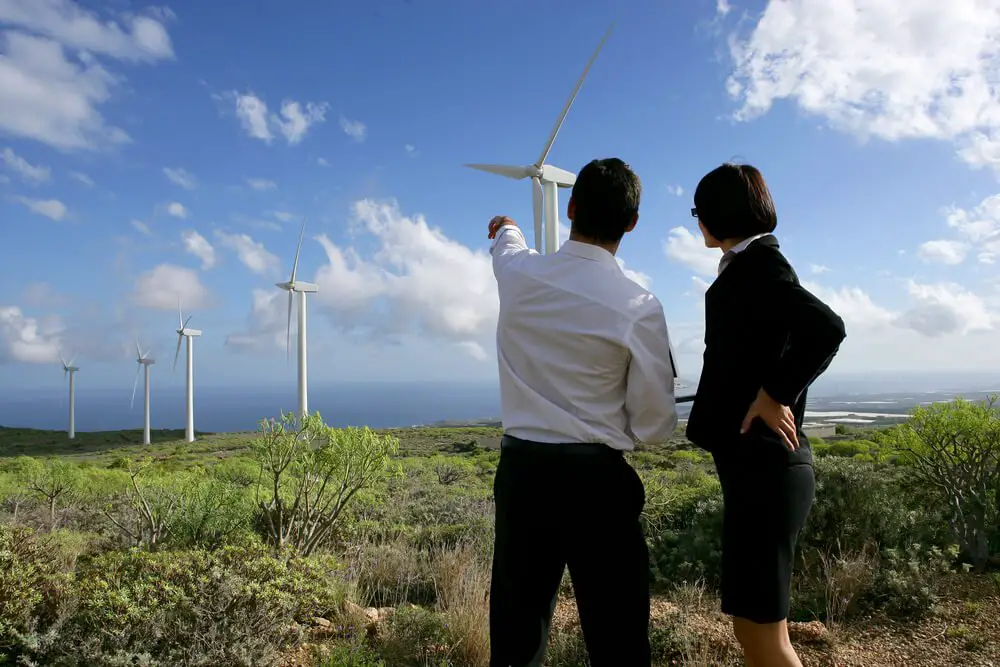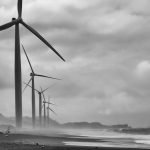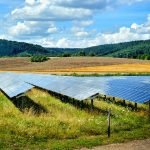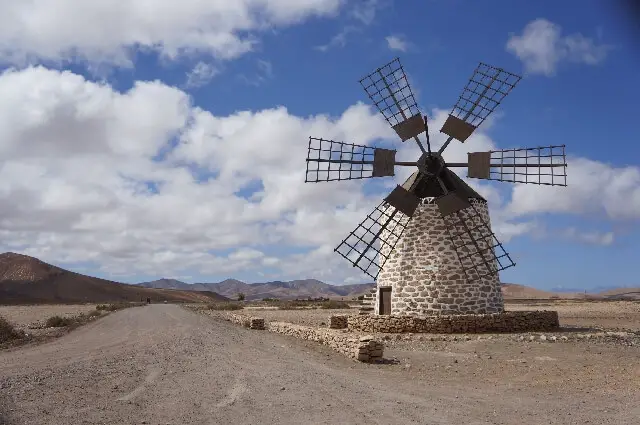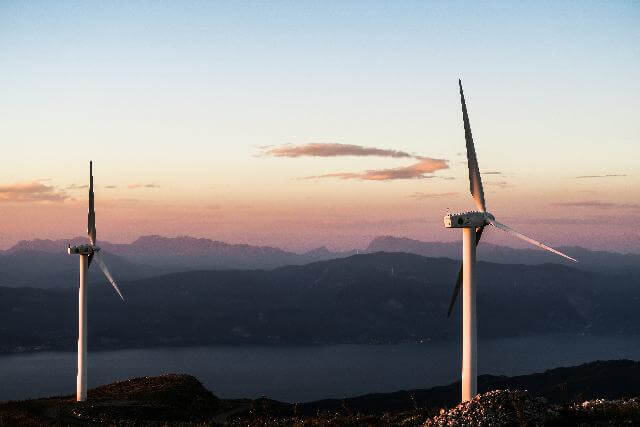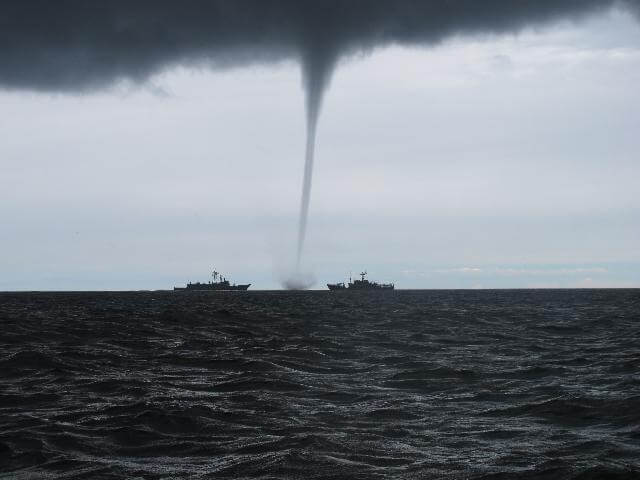It is very hard to predict the weather.
And you might not know whether tomorrow will be calm or windy.
With this in mind, can we really trust wind turbines to produce sustainable energy when we cannot predict its supply?
Do wind turbines work without wind, anyway? This is a common question that many people alway ask. You are not alone.
In this write-up, we delve into this in detail to bring you all the facts you should be knowing.
Do Turbines Need Wind?
We all know that a wind turbine, like the name suggests, requires wind to work.
They require wind energy to produce clean electricity.
Basically, this means that with no wind, wind energy won’t be generated.
When there is no wind at all, the turbine blades may not spin. And we already know that it is by spinning of these blades that the turbines create electricity.
How Much Wind Does it Take to Turn a Wind Turbine?
Sometimes when driving along with a windmill firm on a very calm day, you may have observed windmills continuously spinning.
This leaves you wondering about how much wind it takes for a wind turbine to turn.
Wind turbines do not require too much wind for them to turn.
With a small wind, which you can sometimes not even feel, these turbines turn to produce electricity.
Why Do Wind Turbines Still Turn When There is No Wind?
Usually, wind turbine manufacturing involves high precision engineering in terms of balancing and lubrication to ensure that even the slightest of the winds makes them spin.
How does this happen? Initially, there must have been some wind running, however small it might have been. This wind turns the turbine blades even at a very low speed.
Once they start spinning, they gain momentum with the passing of each second and it takes them so long to finally stop.
This just tells you why they are spinning even when there is no wind.
Although they produce little energy while at this slow speed, it is better than not rotating at all.
Another reason why the turbines might be working without wind is that they can draw power from the grid to make the blades spin.
The manufacturers design this capability to help during the cold season such as during winter.
During this weather, they make sure the blades rotate to keep out any form of rusting that might hamper their working.
You might be shocked to learn that these giant blades may still produce power, though on a small scale, during this period!
How Much Minimum Wind Do Wind Turbines Need to Produce Power?
For a location to be suitable for wind energy tapping, it must guarantee at least 9 mph average wind speed.
Experts always say that a very small breeze can have the turbines up and running to produce some power.
However, for turbines to guarantee profits, they must be rotating on a 15 to 25 mph wind speed average.
That is why the correct landscape is very important when setting up a windmill firm.
Flat areas with little to no obstructions produce the best results and the experts choose them all the time.
The best places that experts always choose are:
- Lowly populated areas
- Areas with sustained frequent winds
- Very vast open areas with little obstruction
Do Wind Turbines Work During Winter?
During winter, wind usually blows at extremely low speeds and sometimes at higher speeds.
So, do wind turbines work during this time? Yes, they do!
The highest quality turbines can operate even in extreme temperatures dropping up to -40 degrees with absolutely no interruption.
In northern regions where winter is always imminent, the wind turbines designed for these areas come with some special design aspects.
These features make them perfect during winter.
The special features they have to include:
- Speed sensors,
- Heaters,
- Gearboxes, and
- Generators
On the downside…
Extreme winter conditions do affect wind turbines and they may therefore not work well.
Because they cost money, wind turbines designed for warmer climates do not come with these aspects.
Large ice build ups affect critical features such as the speed sensors and can also throw the blades off balance.
When this happens, the turbine system may sense a fault in vibration and it may shut down the whole turbine to make sure no damage will be caused.
Conclusion
With so many nations turning to sustainable clean energy, wind energy is a form of energy that you cannot shy away from talking about.
Its production is generally clean because it relies on wind. But what about its reliability?
Basically, wind energy is reliable regardless of unpredicted weather patterns.
Wind turbines require a very small breeze to have them up and running.
Even during winter, these wind turbines work just fine unless it is in extreme conditions such as large ice buildups.
